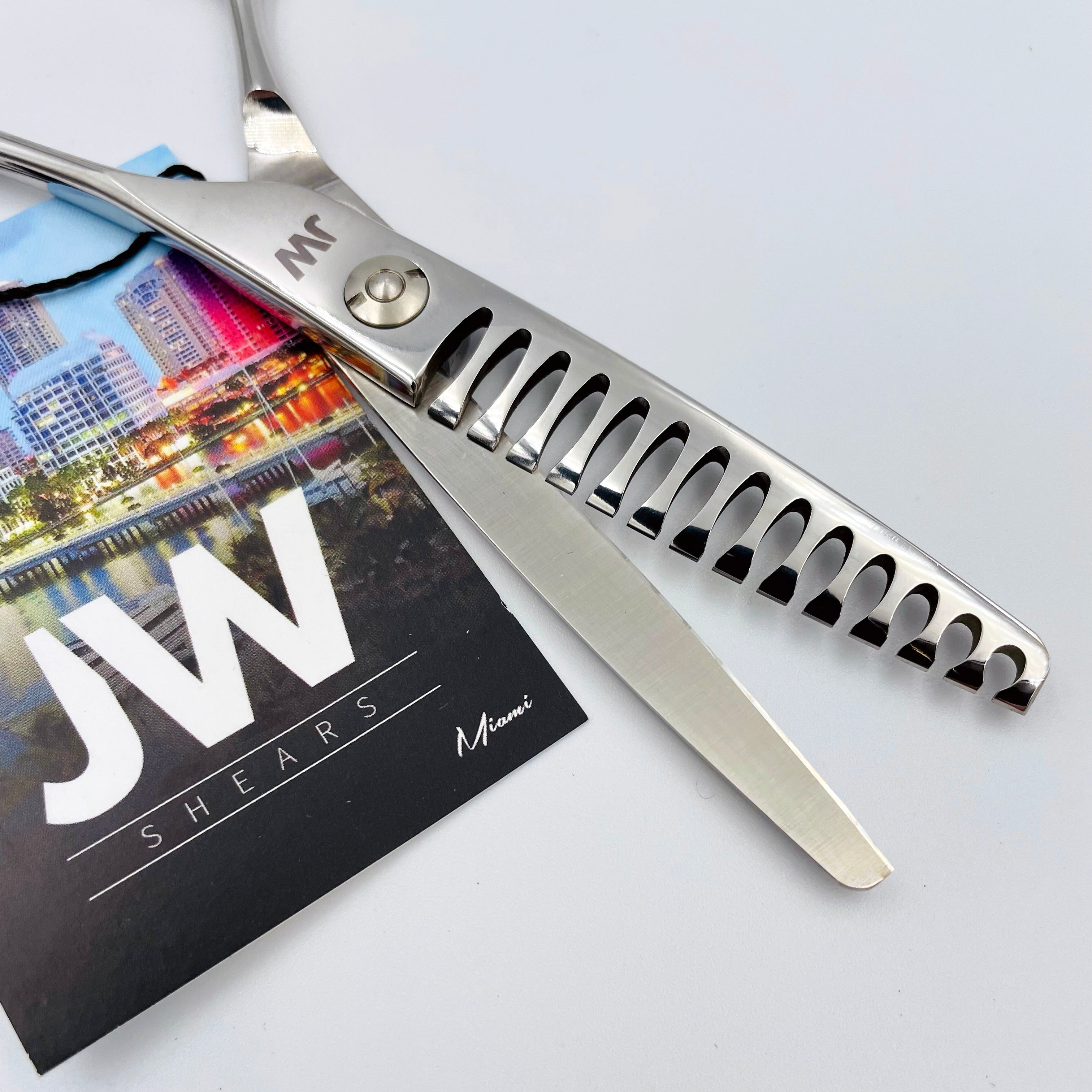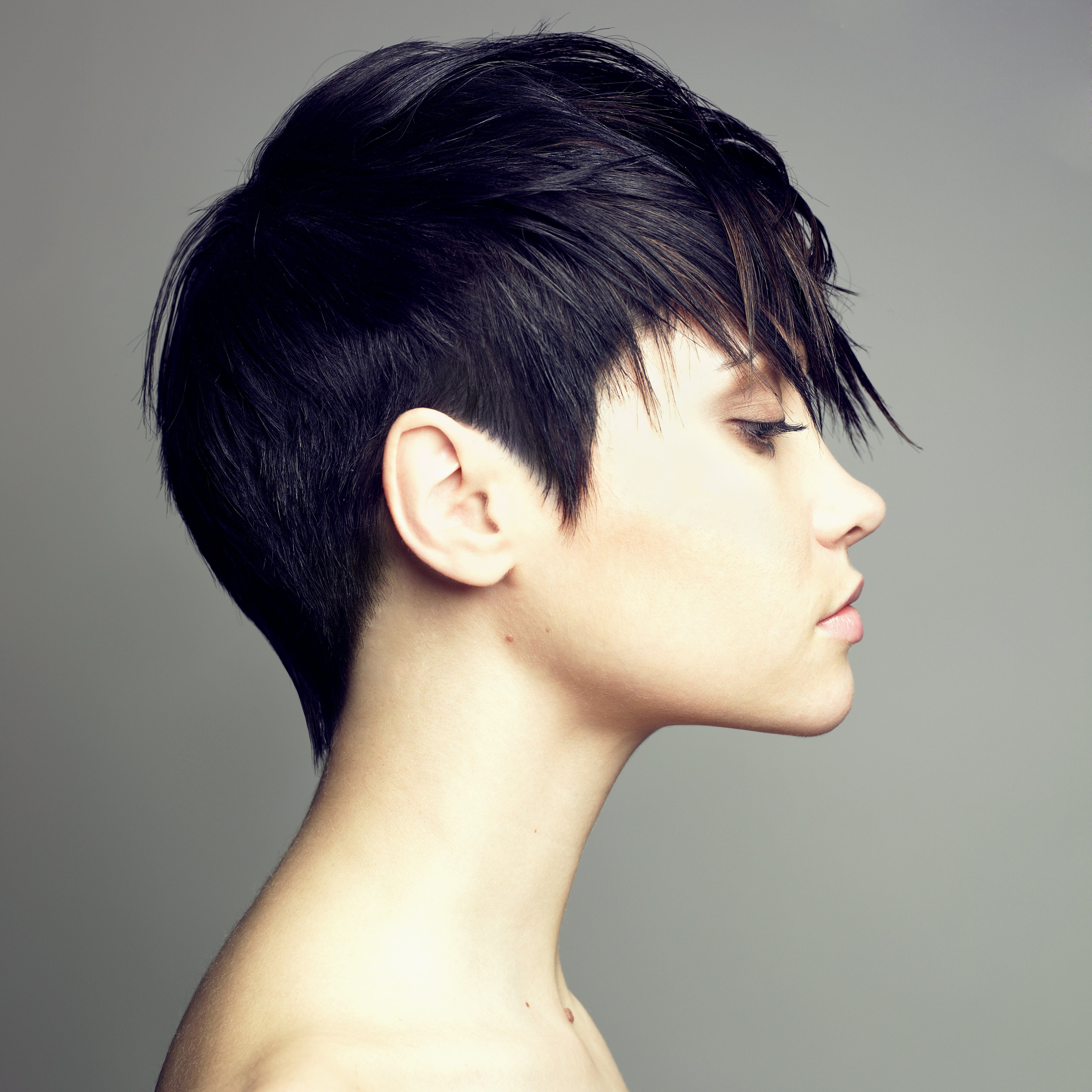
Choosing the Right Thinning Shears
Choosing the Right Thinning Shears
Thinning shears, also known as texturizing or blending shears, are a versatile tool that can transform your hair. They are designed to remove bulk and create texture, adding volume and movement to your locks. However, choosing the right thinning shears can be tricky, with a wide variety of options available. This guide will break down the key considerations to help you find the perfect thinning shears for your hair type and styling goals.
Types of Thinning Shears
Thinning shears are broadly categorized into two main types:
- Thinning or Blending Shears: These shears have more finer teeth and remove bulk from the hair, creating a natural, feathered look.
- Texturizing Shears: Texturizing shears have a wider tooth pattern and are designed for creating more dramatic texture. They can be used to create choppy layers, add volume to fine hair, or remove weight from thick hair.
Factors to Consider When Choosing Thinning Shears
1. Tooth Spacing
The spacing of the teeth on a thinning shear determines how much hair is removed with each cut. Closer teeth remove less hair, while wider teeth remove more.
- Smaller close teeth: Ideal for fine hair, removing subtle amounts of bulk and adding volume.
- Larger wide teeth: Suitable for thick hair, removing significant bulk and creating choppy layers.

2. Tooth Shape
The shape of the teeth can influence the texture of the haircut:
- Straight teeth: Create a more natural, feathered look.
- Jagged teeth: Add more texture and dimension to the hair.
3. Material
High-quality thinning shears are typically made from stainless steel, which is durable, rust-resistant, and sharp. You might also find shears made from other materials like titanium or carbon steel, which can cost significantly more.
4. Handle Design
When choosing thinning shears, one of the key considerations is the handle design. The two main types are offset handles and straight handles. Each has its own advantages and is suited for different cutting styles and comfort preferences.
Offset Handle
Description:
- The thumb handle is shorter and offset from the finger handle.
- The design creates an ergonomic angle that reduces hand and wrist strain.
Advantages:
- Ergonomics: Reduces stress on the hand, wrist, and shoulder, making it ideal for prolonged use.
- Natural Hand Position: Promotes a more natural hand position, which can be beneficial for precision cutting.
- Comfort: Generally more comfortable for stylists who cut for long periods.
Ideal For:
- Professional stylists who need to minimize hand fatigue.
- Those who perform detailed and precise cutting work.
- Stylists with existing wrist or hand issues, like carpal tunnel syndrome.
Straight Handle
Description:
- The thumb and finger handles are aligned symmetrically.
- Traditional design that many stylists are accustomed to.
Advantages:
- Familiarity: Often more familiar and can be easier for some to adapt to, especially for those trained on straight handles.
- Control: Provides good control for blunt cuts and basic trimming.
- Simplicity: Straightforward design that can be easier for beginners to learn.
Ideal For:
- Stylists who prefer a classic handle design.
- Those who are new to cutting hair and are looking for an entry-level option.
- Basic cutting tasks that do not require extensive detailing or texturizing.
Tips for Using Thinning Shears
- Start with small sections of hair: Avoid removing too much hair at once, especially if you're new to thinning shears.
- Hold the shears vertically: This helps create a more natural, feathered look.
- Use light pressure: Avoid pressing down too hard, as this can lead to uneven cuts.
- Don't cut the ends: Thinning shears should be used to remove bulk from the hair shaft, not to trim the ends.
Conclusion
Choosing the right thinning shears can make a significant difference in the texture and style of your hair. By considering the factors discussed above, you can find the perfect pair of shears to enhance your hair's natural beauty and achieve your desired look.








Leave a comment
This site is protected by hCaptcha and the hCaptcha Privacy Policy and Terms of Service apply.